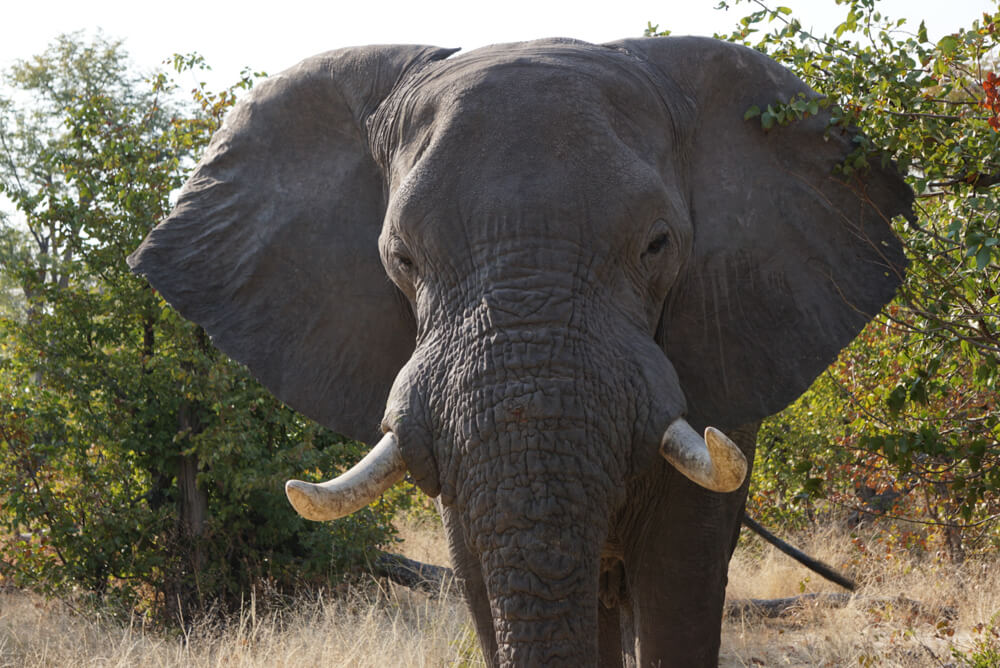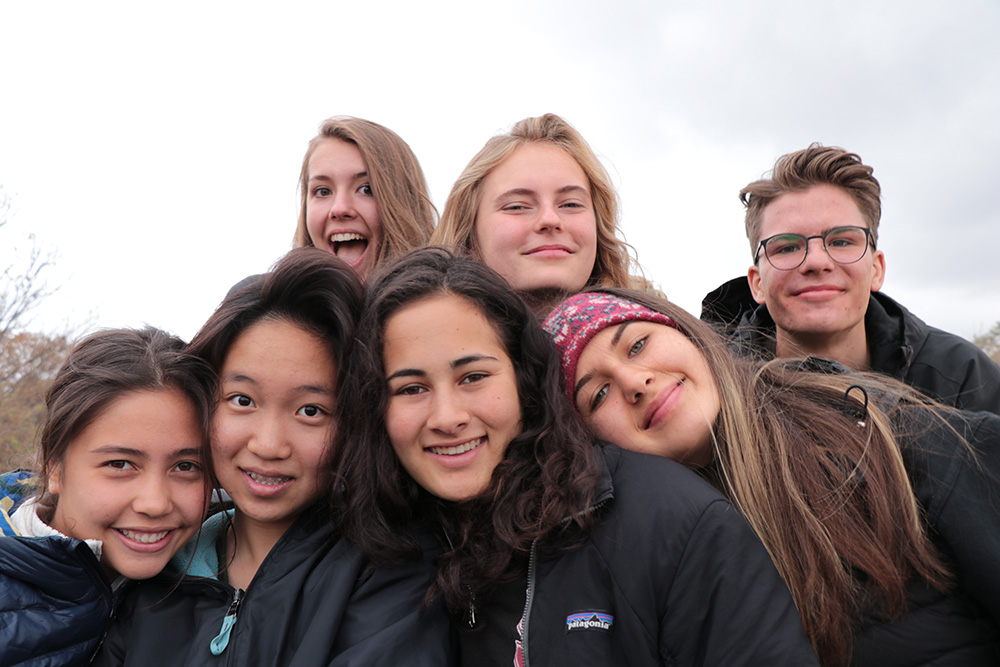As I write this, I'm waiting for our students to return from their weXplore, a five-day excursion that takes students beyond their host city for immersive cultural experiences. For the past two months, we as a school have called Maun, Botswana, our home. It's a small town on the edge of the Okavango Delta and, for many travelers, a doorway into Africa. But Maun is only one perspective, and it...
Read MoreAs the old engine sputters to a halt, the air is empty of all noise except the squawking of a hornbill in the distance. The guide presses his finger to his lips, signaling that we should be silent, his face dead serious. We wait, ears pricked up anxiously anticipating whatever the guide has stopped for.
We notice movement behind the bushes. The animal is enormous but surprisingly quiet. The grey skin and curved tusks give it away. It comes closer, carefully moving around the trees. The snapping of twigs can be heard with every step it takes. The Loxodonta africana—more commonly referred to as the African elephant, one of nature’s gentle giants—has the capability to rip trees out by its roots and inflict devastating destruction wherever it chooses to do so.

Photo by Angie Tenebrini
As it approaches us, I tense up . Any sudden movement could provoke deadly repercussions. It is now so close that we can see it’s eyes, the same size as mine, dwarfed in its head as big as a small boulder, and the sand and mud caked into the wrinkles of its skin. The bull comes up to almost three meters; this is by far the largest one I’ve seen out in the wild. Its trunk gently swings side to side as it takes another tentative step towards us.
Curious, it reaches out with its trunk to touch the vehicle. A gentle thump can be heard as it touches the hood of the car.
His eyes seem gentle, but at the same time they are uneasy, as if he still hasn’t decided if we are a threat. It’s too close for us to do anything about it now; we can’t run, we can’t leave. The only thing we can do is sit tight, wait, and hope—hope that the elephant decides we are not worth the trouble or time.
As I stare up into this creature’s face, doing my best to move as little as possible, there is something distinctly human about it. The intelligence and the gentleness of it and its capability as a formidable destructive force. They are an extremely social and highly intelligent species. In many ways they are similar to humans in their social interactions and systems between each other.
Elephants reflect many of the qualities that we humans view as admirable. When seeing an elephant in a herd with half a trunk, I was confused as to how it managed to survive. The guide explained that the rest of the elephants in the herd help with feeding it. The compassion of these animals reflect some of the kindest characteristics of humanity.
In many ways, they are similar to humans in forming social hierarchy; the oldest elephants are the most respected members of the group. Traditionally, the oldest female in a herd is the leader; she passes on all the knowledge to all of the other elephants. Known as the Matriarch, she is the most revered and respected member of society, the Bull being the most formidable.
Even as I sit there in absolute fear, I can’t stop myself from admiring this incredibly complex animal. Still unsure, the elephant glares at us, tired. His grey skin wrinkled and hanging loose off his body, his ears scarred and mangled, looking disheveled but glorified. In his magnificence and size, he looks tired of life.
When it is time for an elephant to die, it separates itself from its herd and walks extremely long distances looking for a final place to sleep. Other elephants will then pick up the bones and carry them with them as a form of mourning and remembrance, the bones of the departed are spread to all four corners of the map.
When an elephant passes away the rest of the group will gather around in silence for several minutes, with some members crying and expressing human characteristics of mourning and even depression. This is especially true for infant deaths. However, the longest period of mourning and grief is at the death of the matriarch, as she is the source of the herd’s knowledge.
He still hasn’t moved on, now circling around the car and coming closer to me. As he reaches my side of the car, an internal scream ravages my mind. My heart starts beating faster and faster. I hold my breath, worried that the slightest movement may prompt an assault. He extends his trunk as if it were a hand coming in for a handshake. He lifts my cap off of the top of my head and starts playing with it, dropping it back onto my head, just tugging at it. I’m doing my best not to flinch at every drop of the hat. This teasing continues for a little while; me trying not to move, and him testing the waters, trying to see if he can provoke any movement.
He picks up the hat one last time, but this time he doesn’t drop it. He starts shuffling around and moving away, taking a memento of the experience with him. His hindquarters moving into the distance with his tail swinging from side to side, I exhale the breath I had been holding the entire way through.
